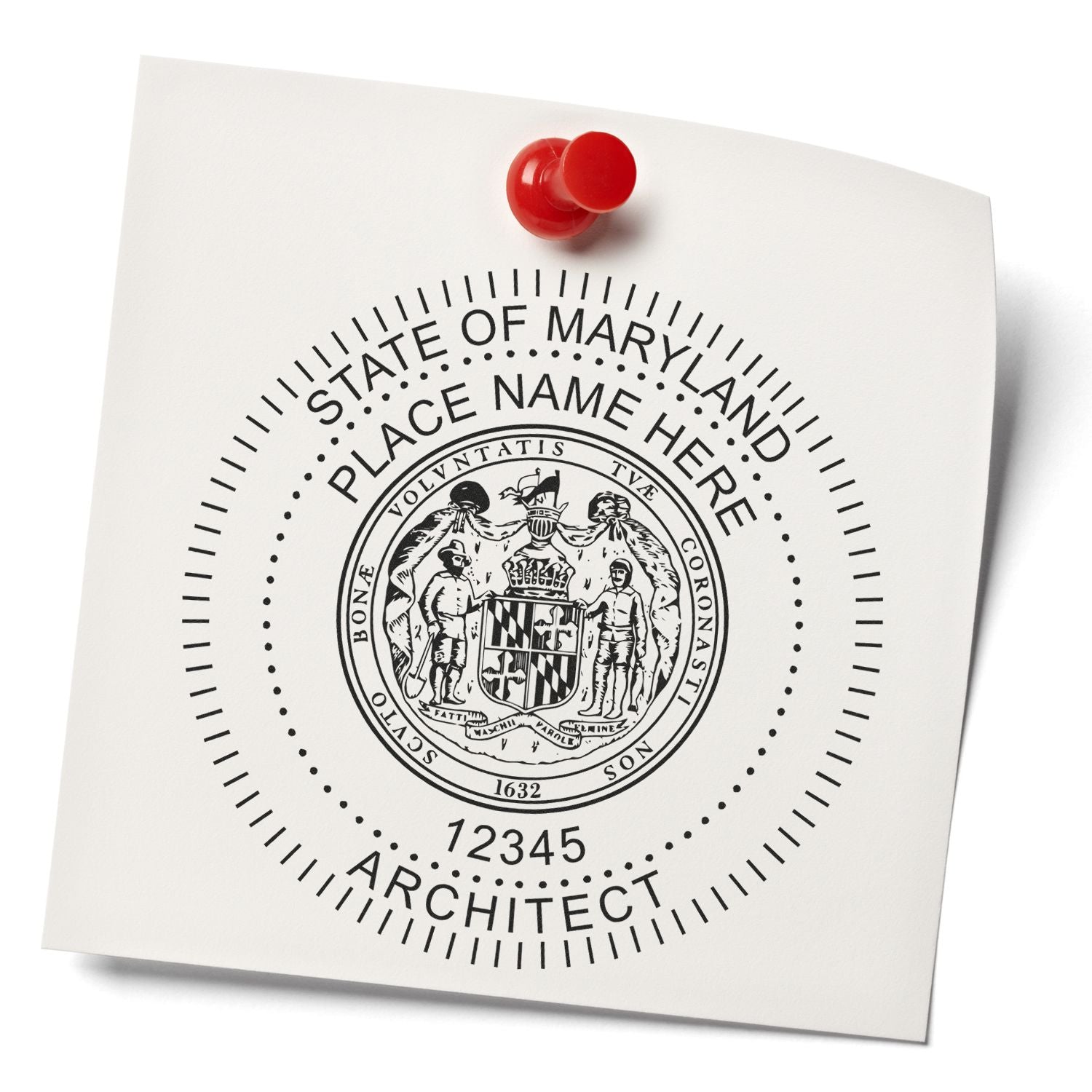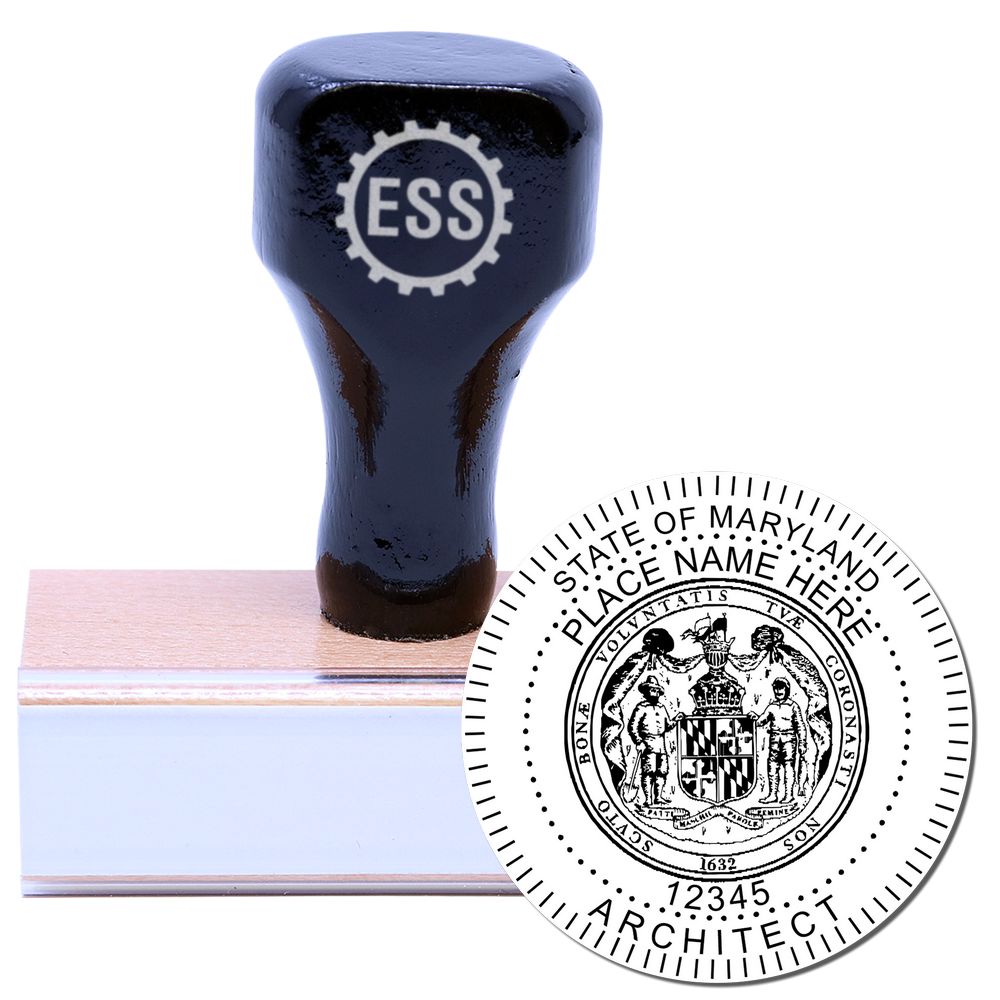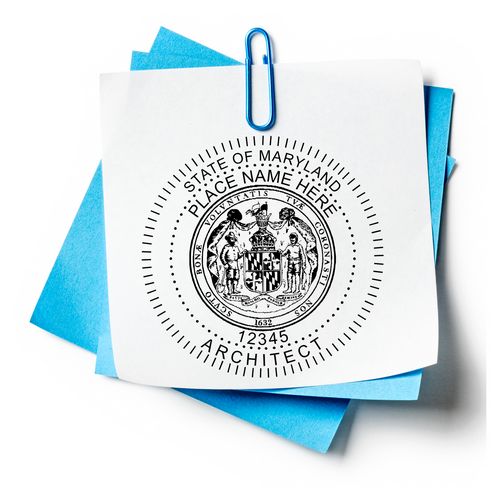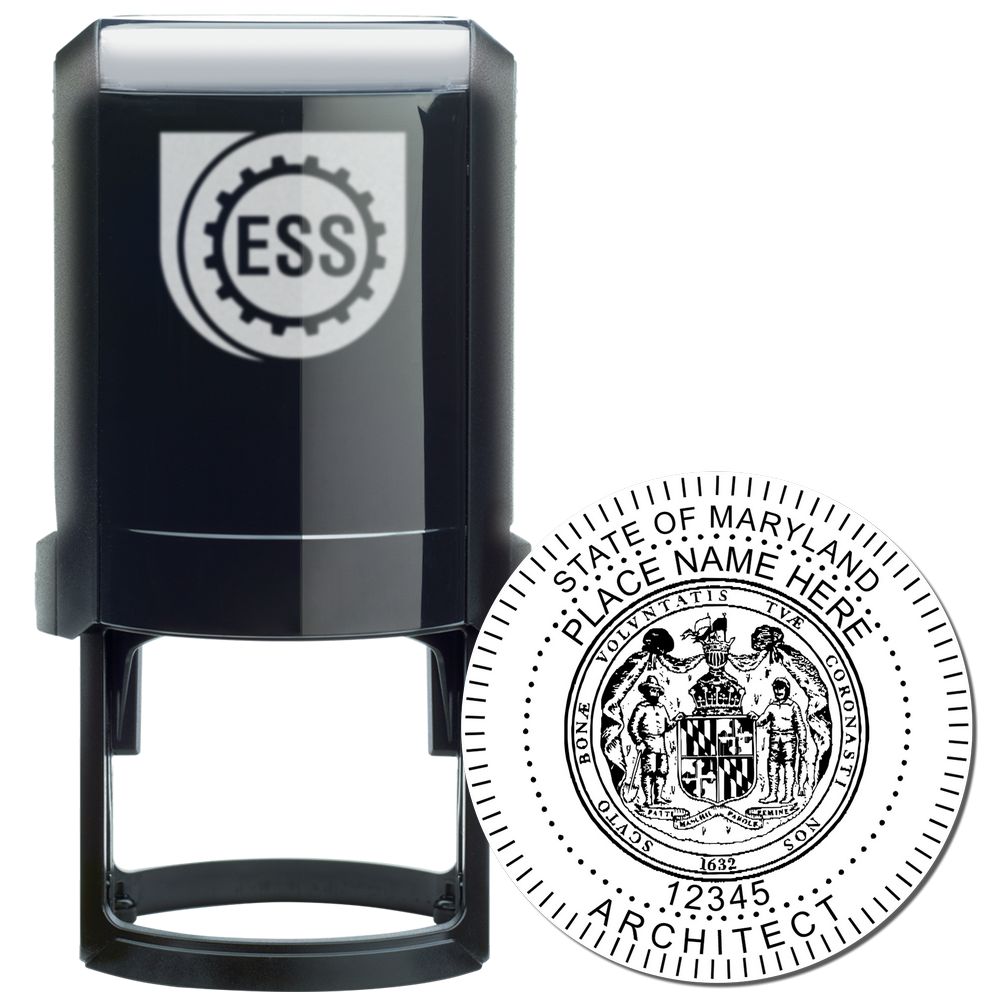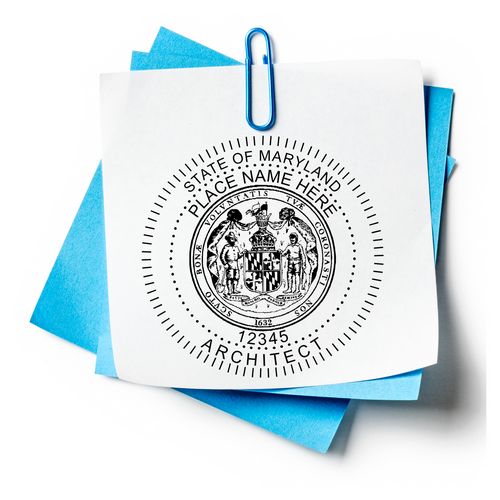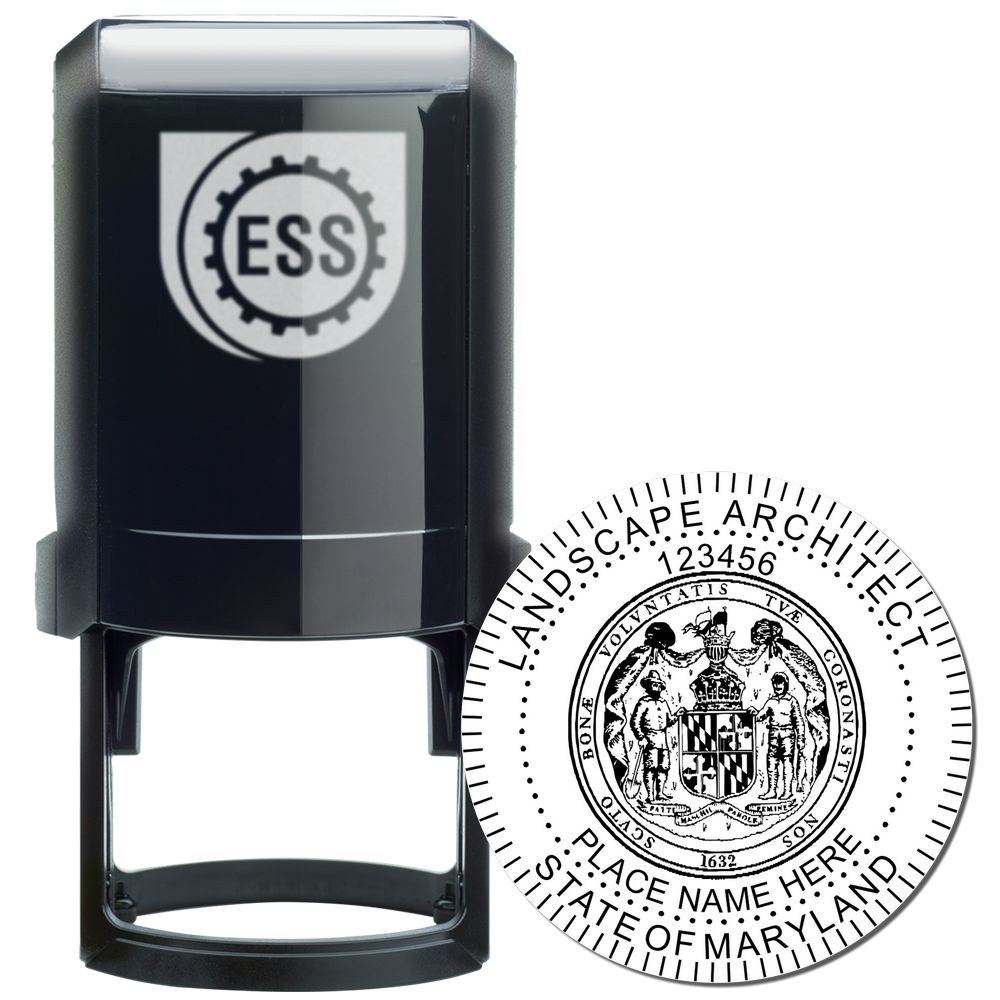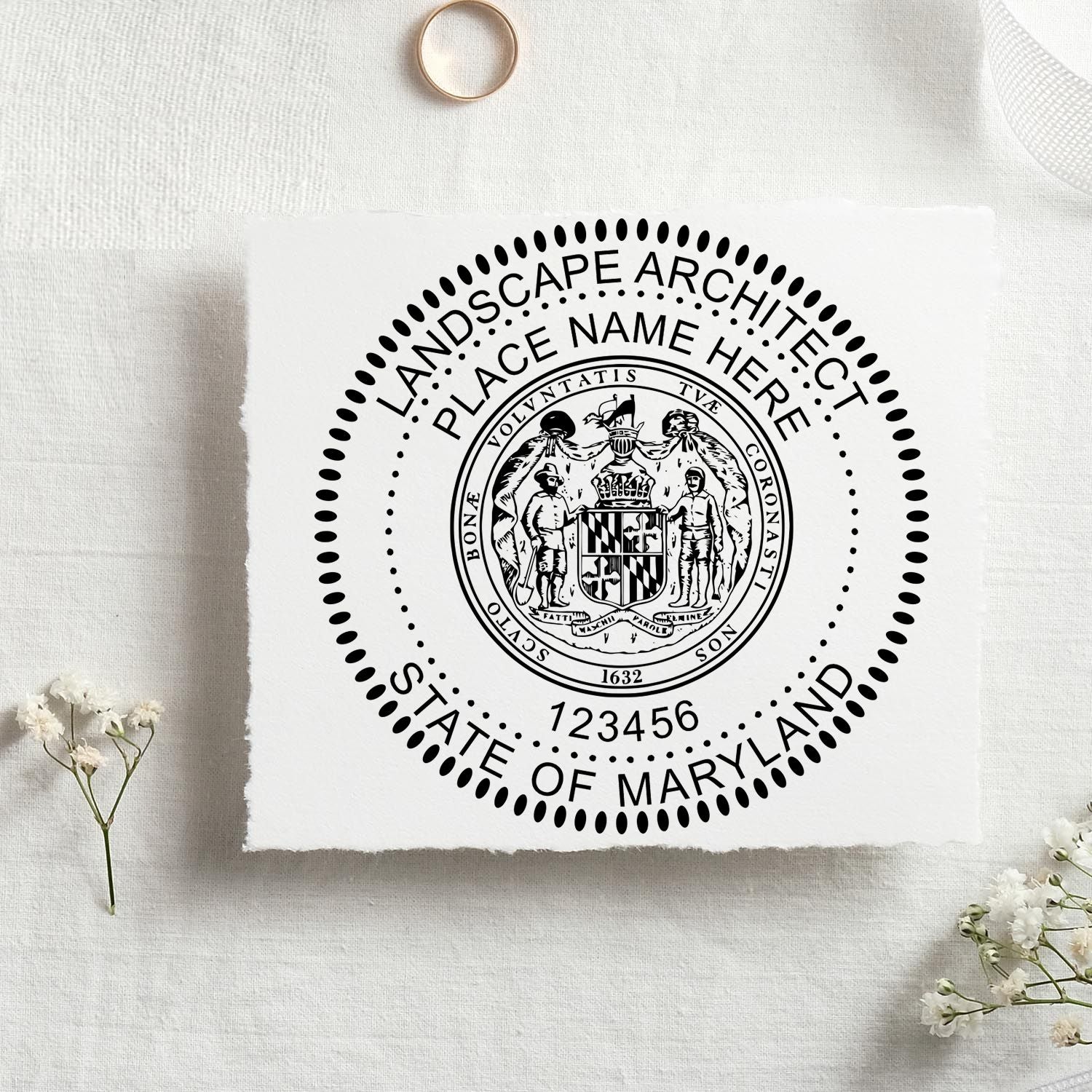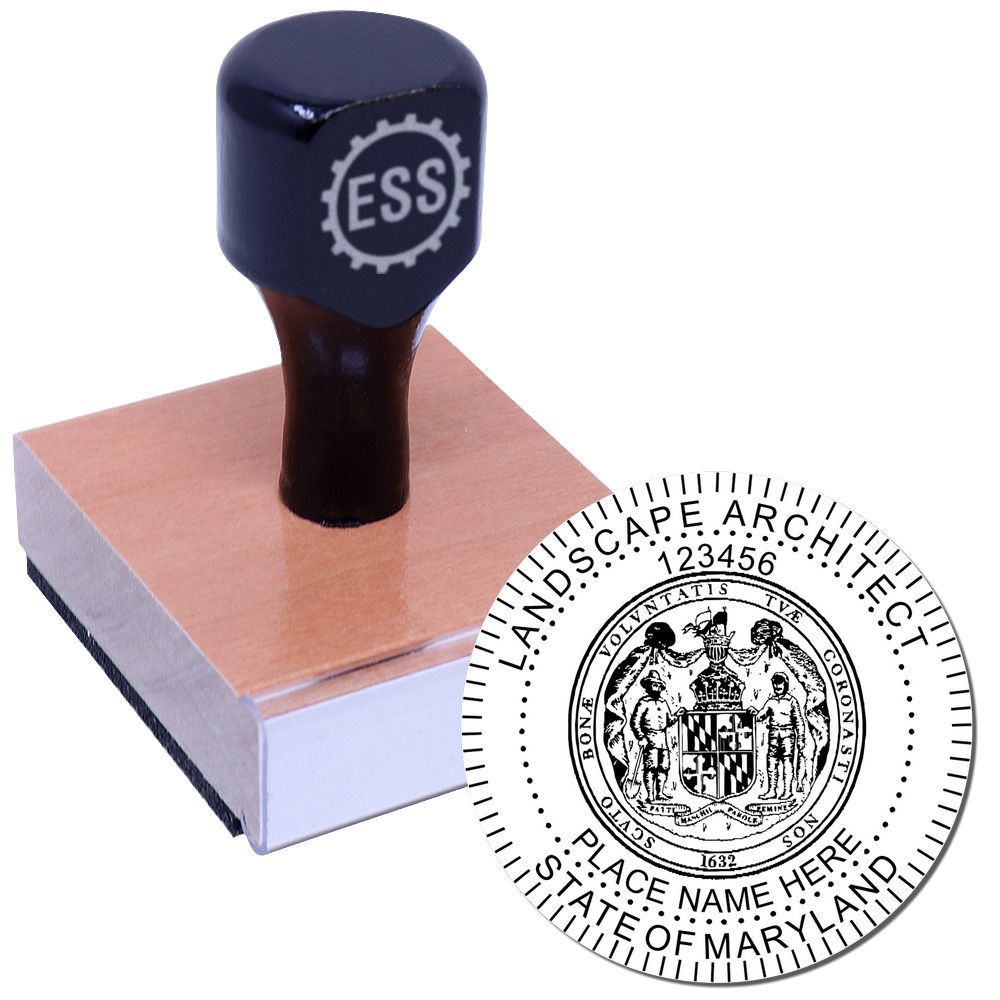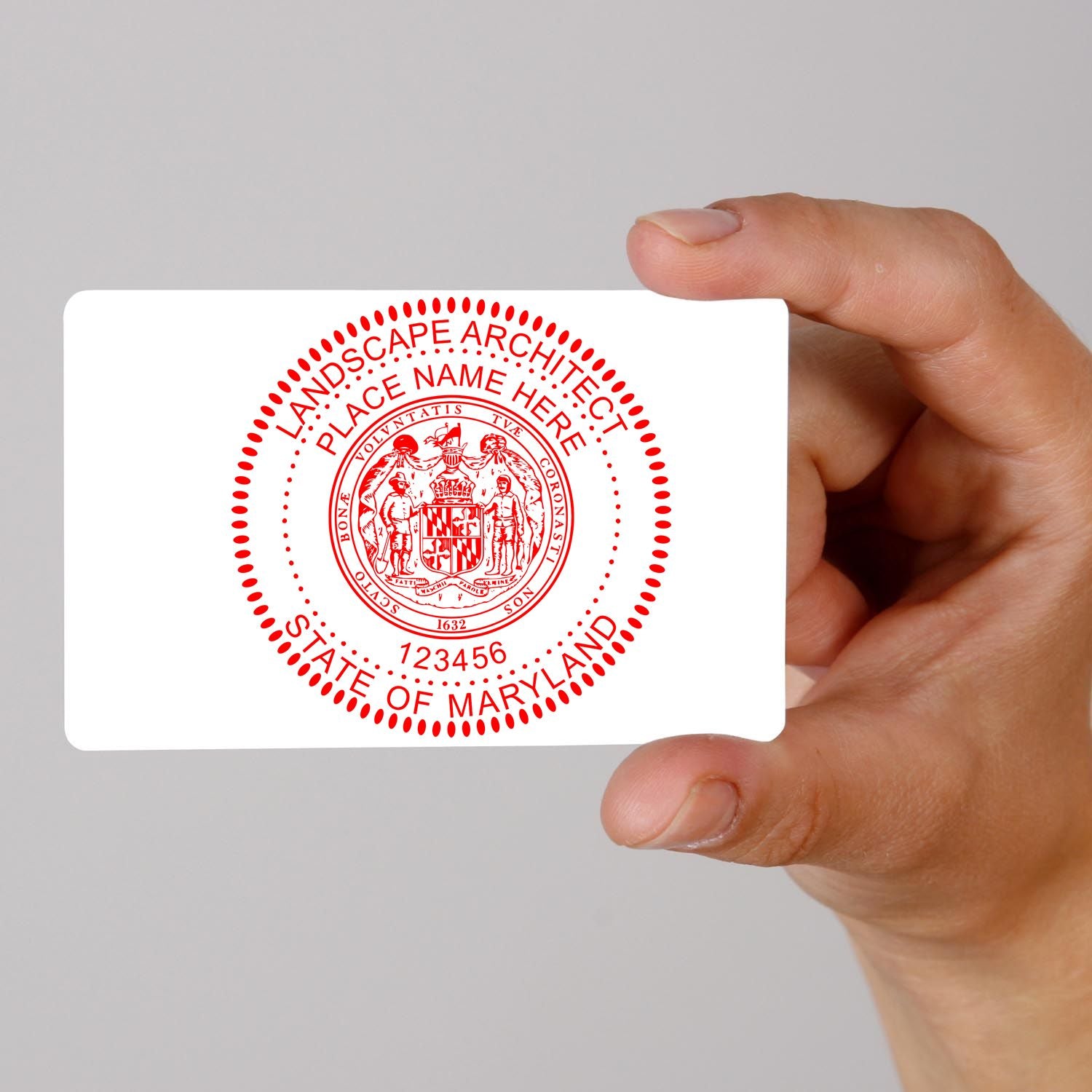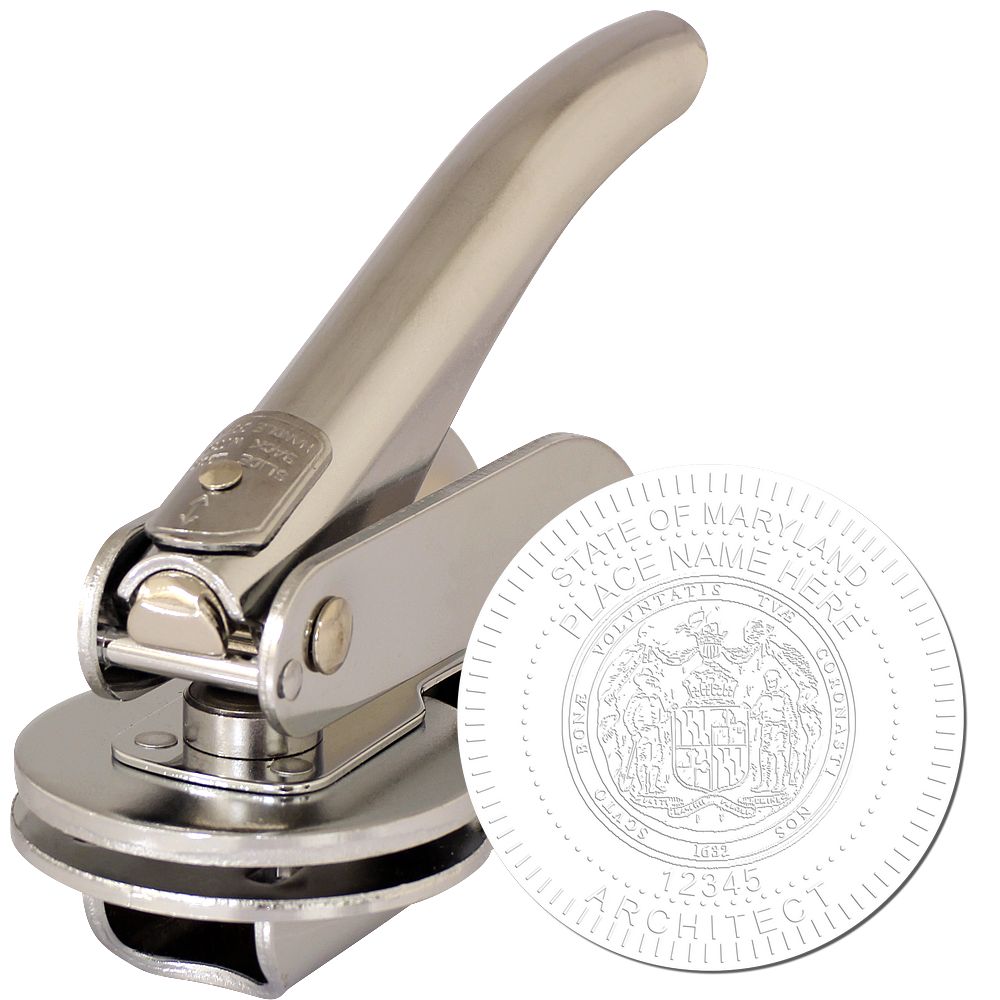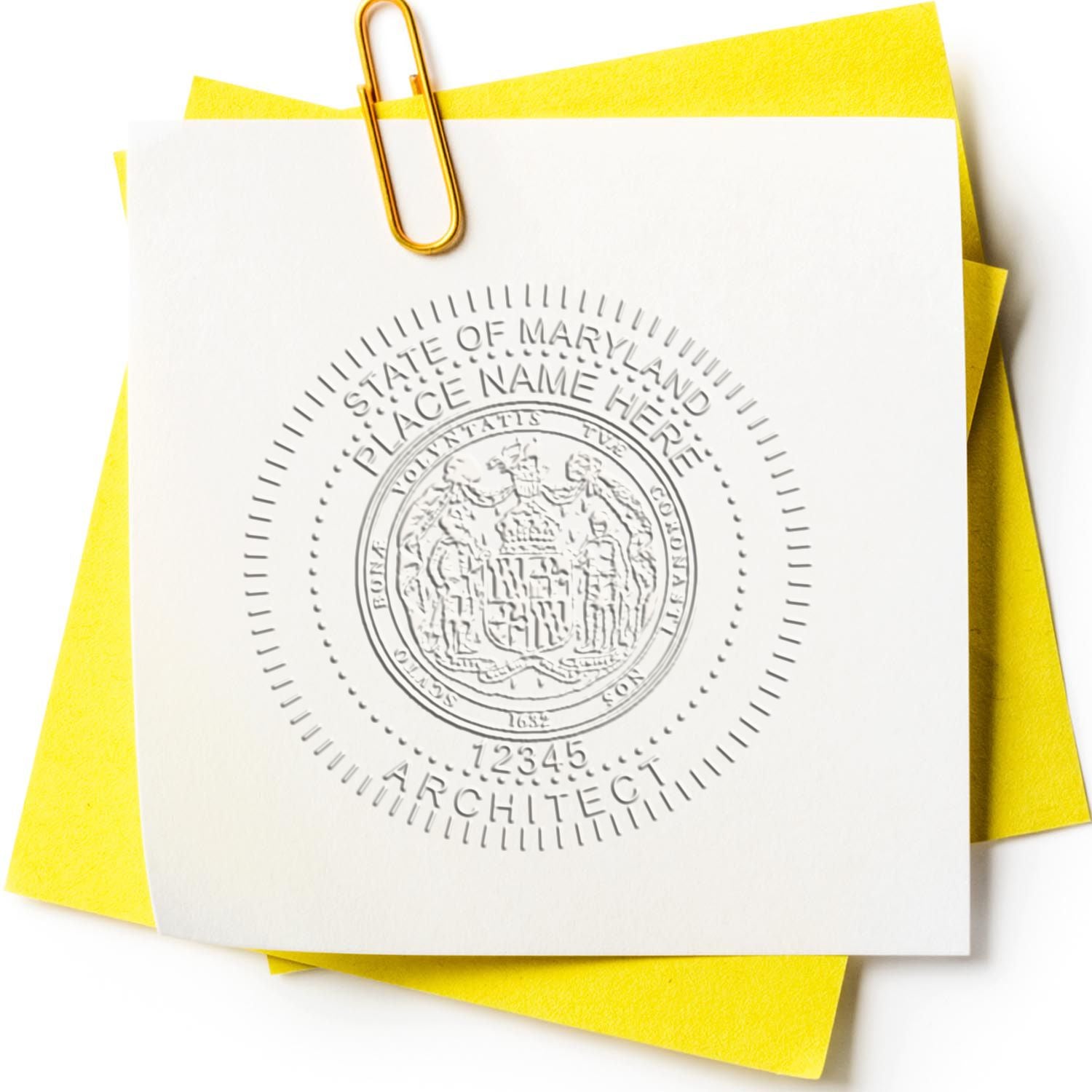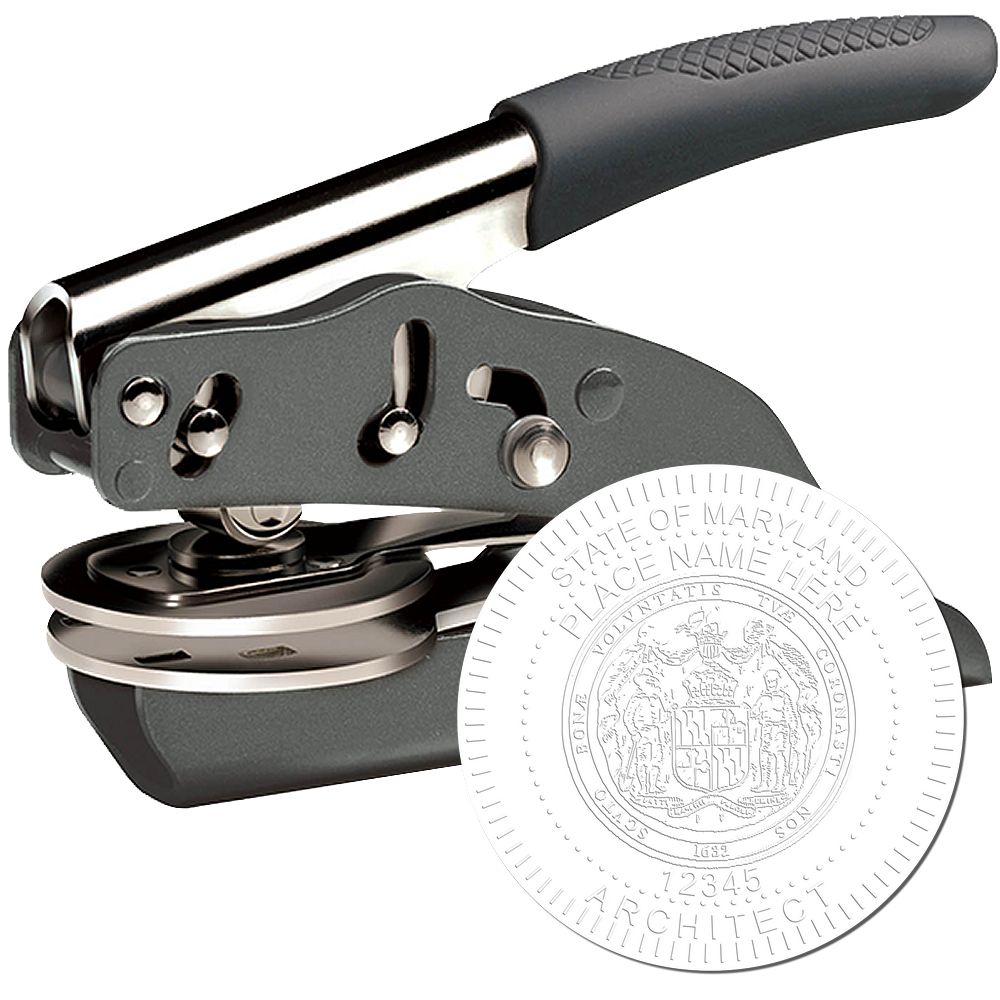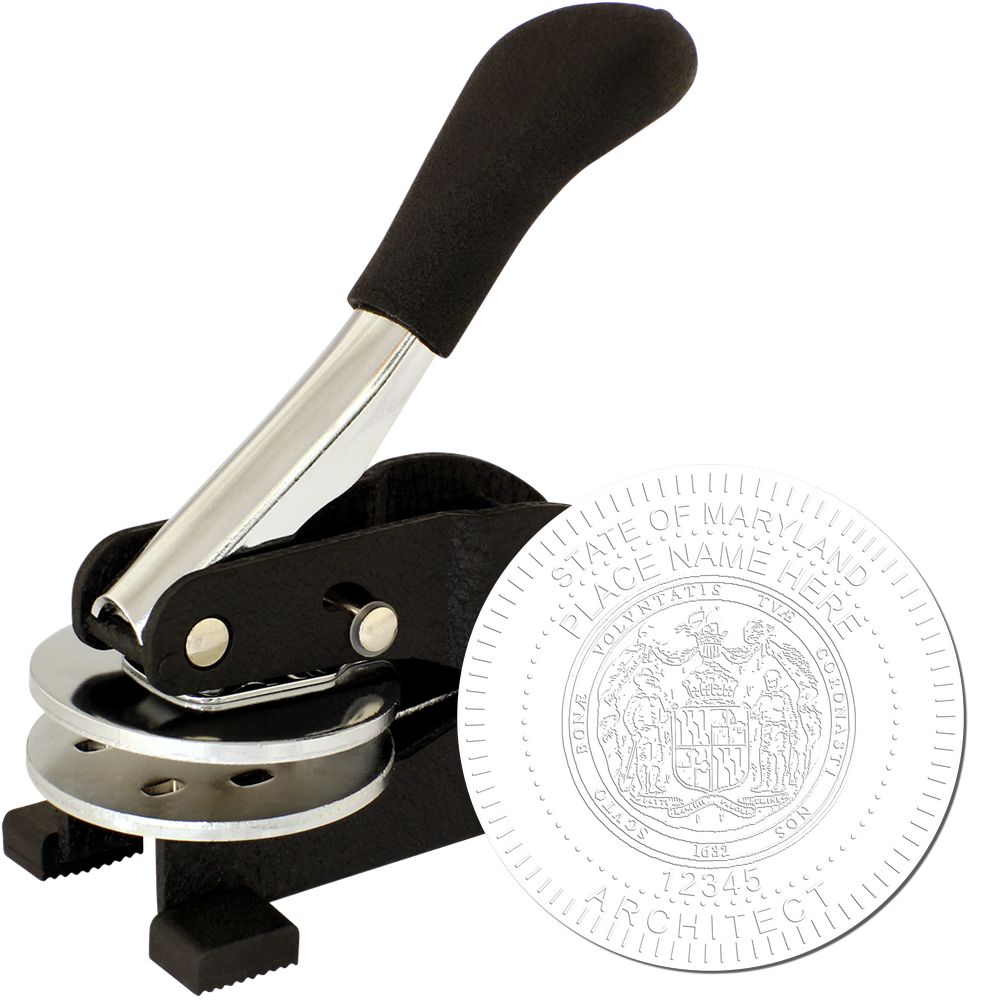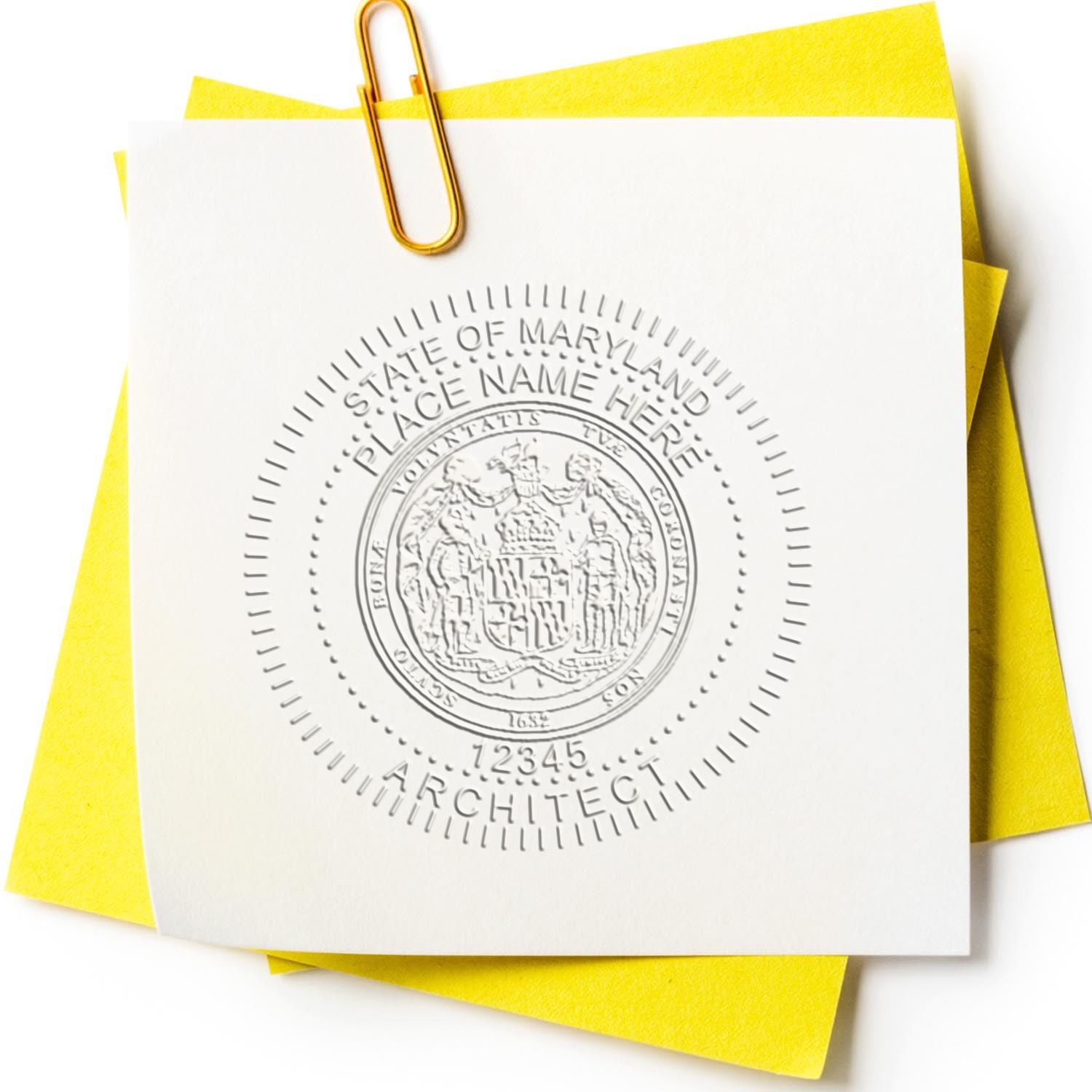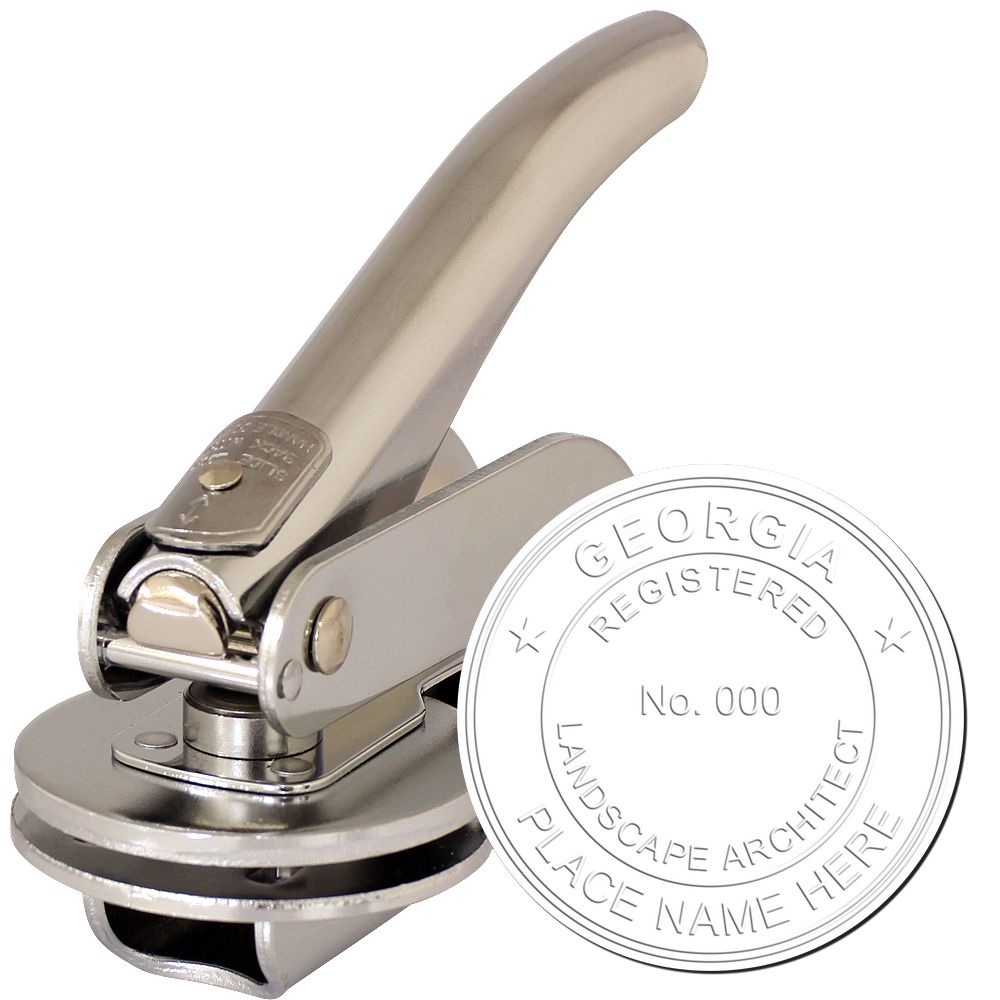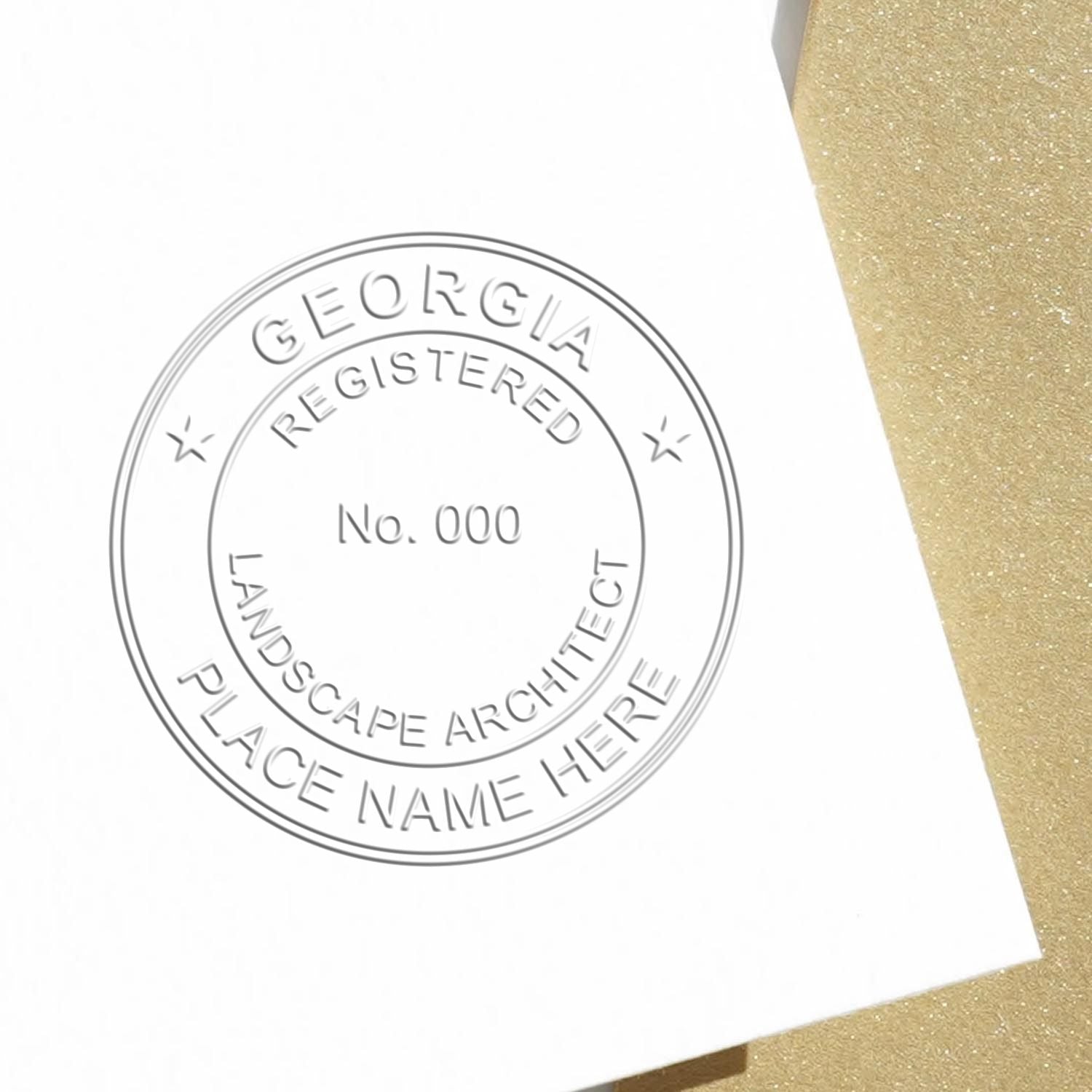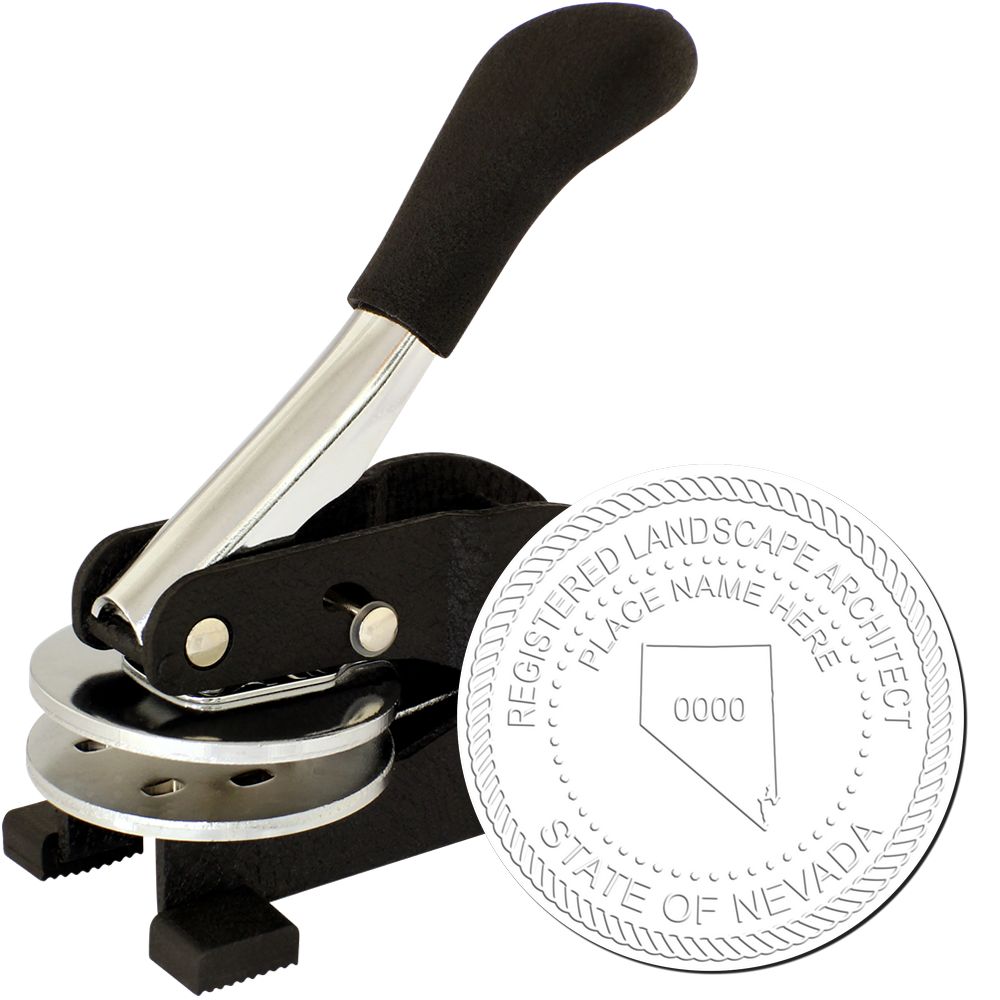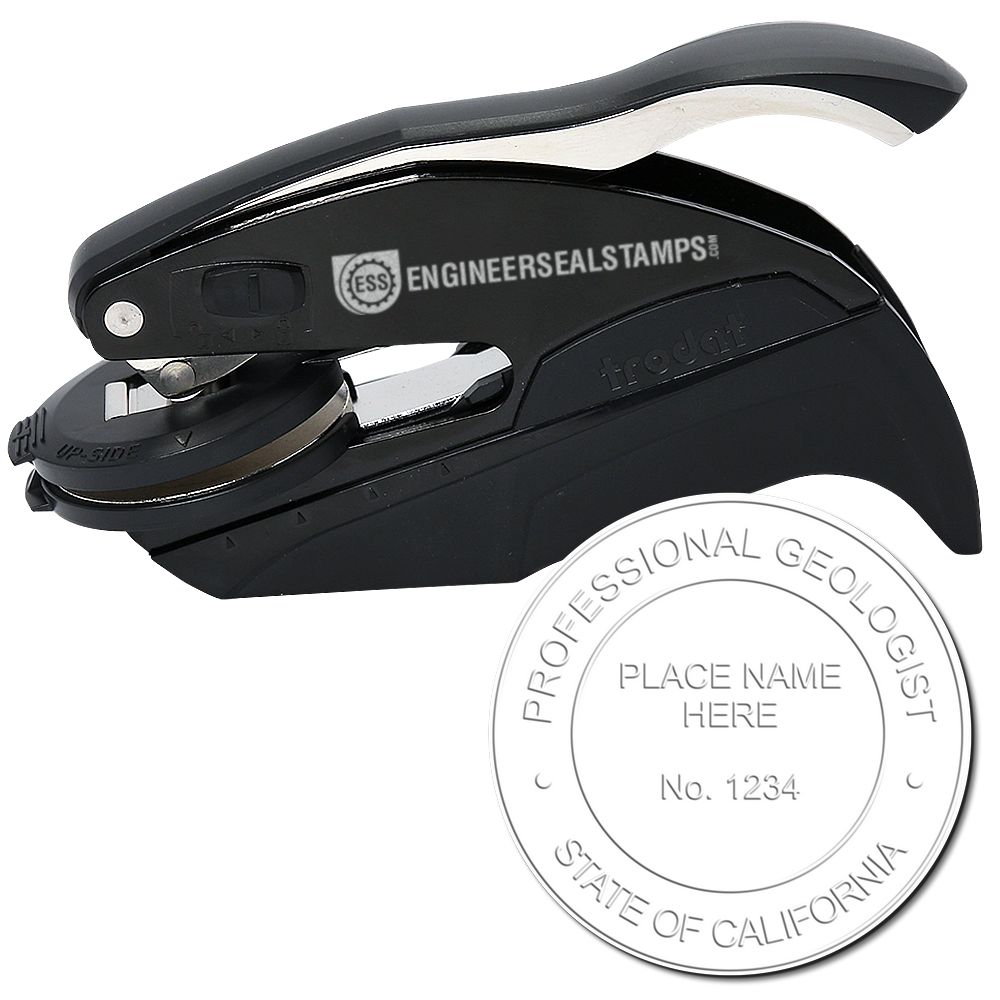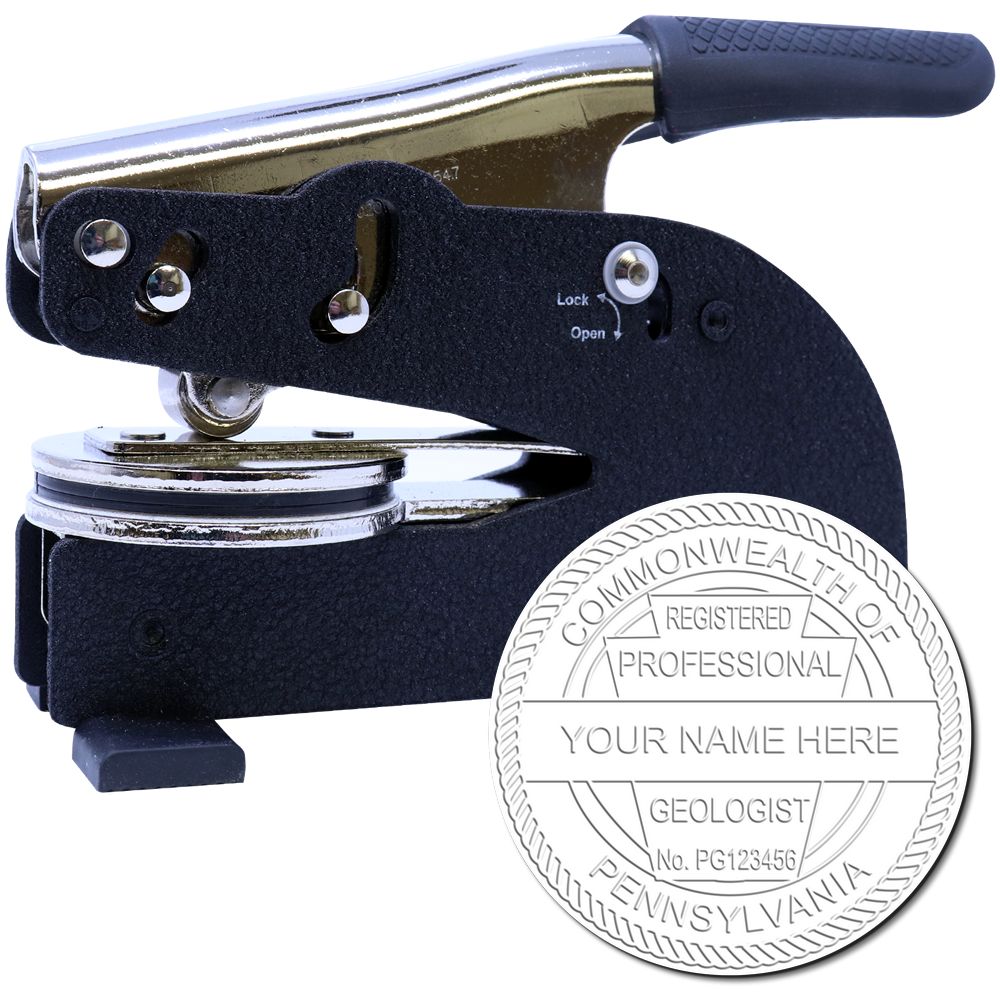The Importance of Maryland Architect Stamps
Architect stamps play a vital role in the field of architecture, serving as a symbol of authenticity and professionalism. In the state of Maryland, architect stamps are not only important for ensuring compliance with regulations but also for establishing credibility and trust with clients and authorities. Let's explore the significance of Maryland architect stamps in more detail.
Understanding the Role of Architect Stamps
Architect stamps, also known as architect seals, are official imprints used by licensed architects to validate their work. These stamps bear the architect's name, registration number, and other relevant information, indicating that the documents or drawings have been prepared or reviewed by a licensed professional. The use of architect stamps provides assurance to clients, regulatory bodies, and the public that the architectural work meets the required standards and has been performed by a qualified individual.
Architect stamps serve as a mark of accountability and responsibility, serving to protect the safety and well-being of the public. They also serve as a means of identifying the architect responsible for the design, ensuring that they can be held accountable for their work.
Legal Requirements for Architect Stamps in Maryland
In Maryland, architect stamps are regulated by the state's architectural board. The use of architect stamps is governed by specific legal requirements outlined in Maryland's architect seal regulations. These regulations define the size, content, and placement of architect stamps on architectural documents. It is important for architects practicing in Maryland to familiarize themselves with these regulations to ensure compliance.
According to Maryland architect seal guidelines, architect stamps must include the architect's name, registration number, and the words "Registered Architect" or "Architect." The architect seal must be legible, permanent, and clearly visible on all final documents prepared by the architect. By adhering to these legal requirements, architects can demonstrate their commitment to professionalism and compliance with the law.
To learn more about the specific regulations and guidelines pertaining to Maryland architect stamps, we recommend referring to the official Maryland architect seal law. You can find additional information on Maryland architect seals, Maryland architect seal regulations, and Maryland architect seal guidelines for further details.
By understanding the role and legal requirements of architect stamps in Maryland, architects can ensure compliance, professionalism, and the highest standards of architectural practice.
Types of Maryland Architect Stamps
When it comes to Maryland architect stamps, there are a few different options to choose from. Each type of stamp has its own unique features and benefits. In this section, we will explore three common types of Maryland architect stamps: traditional handheld stamps, self-inking stamps, and pre-inked stamps.
Traditional Handheld Stamps
Traditional handheld stamps are the classic choice for architects. These stamps consist of a wooden or metal handle and a separate rubber stamp pad. To use a traditional handheld stamp, architects must manually ink the stamp pad and press it onto the paper to create the impression.
One advantage of traditional handheld stamps is their durability. They are typically made from high-quality materials that can withstand repeated use without wearing out. Architects who prefer a more traditional and tactile stamping experience often opt for this type of stamp.
Self-Inking Stamps
Self-inking stamps are a popular choice among architects due to their convenience and ease of use. These stamps incorporate an ink pad within the stamping mechanism, eliminating the need for a separate stamp pad. With a simple press, the stamp automatically re-inks itself, ready for the next impression.
The main advantage of self-inking stamps is their efficiency. Architects can quickly and effortlessly create multiple impressions without having to manually re-ink the stamp each time. Self-inking stamps also help to minimize mess and ink smudges, ensuring clean and professional-looking impressions.
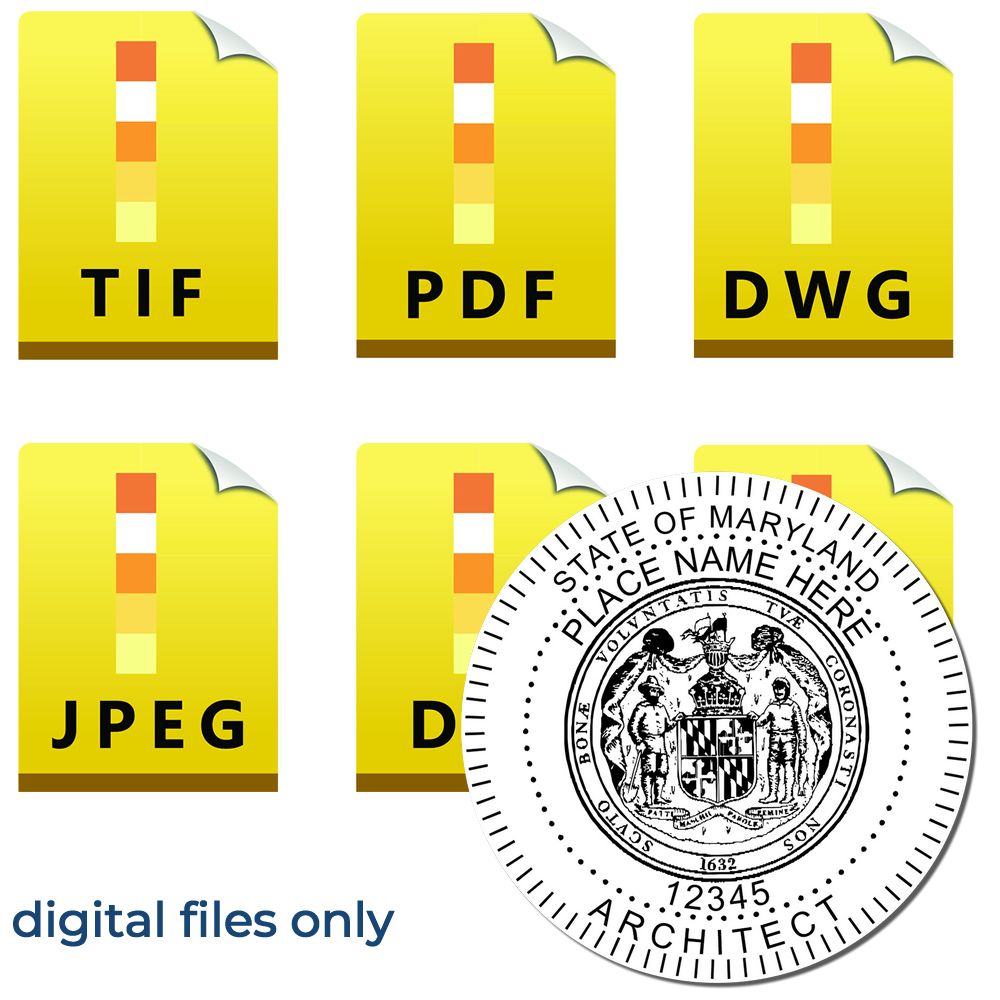
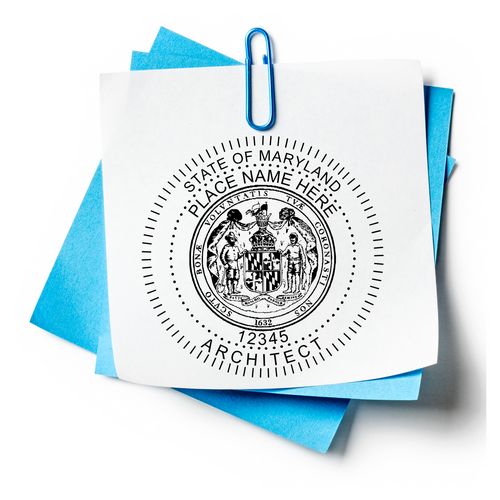
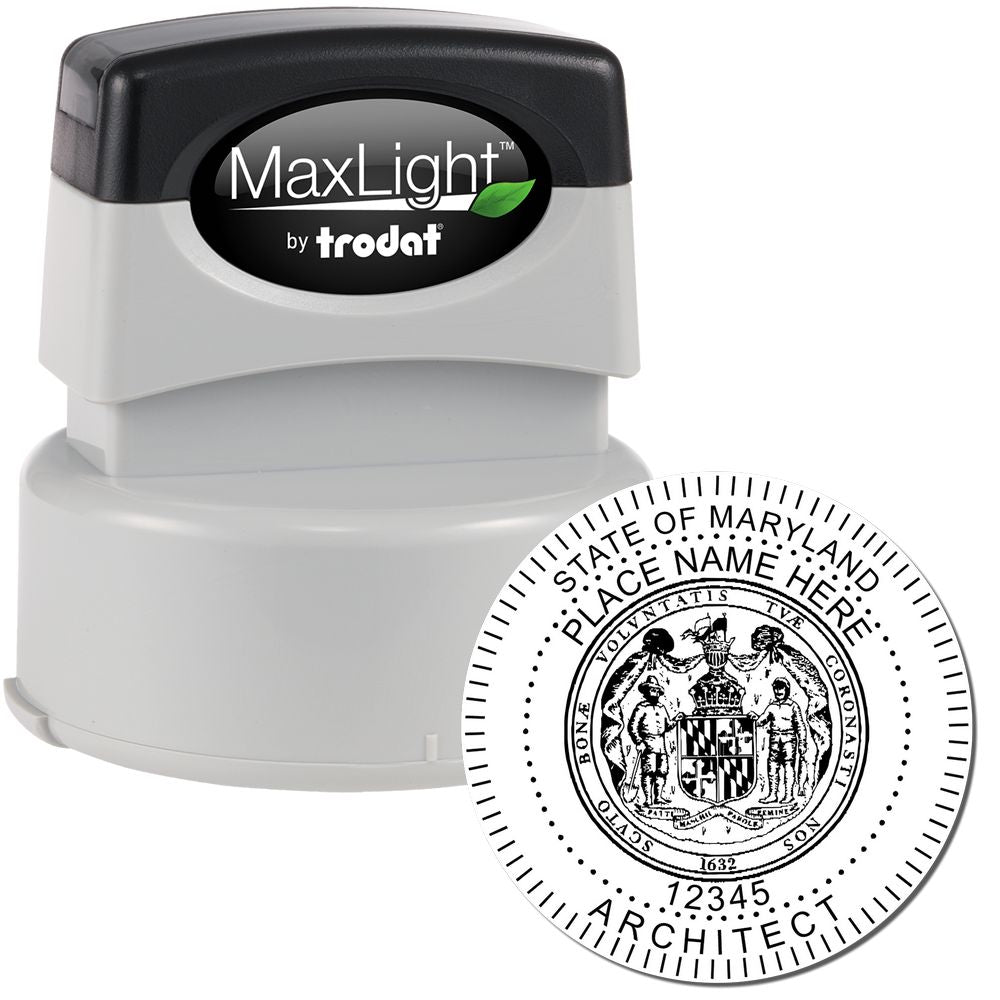
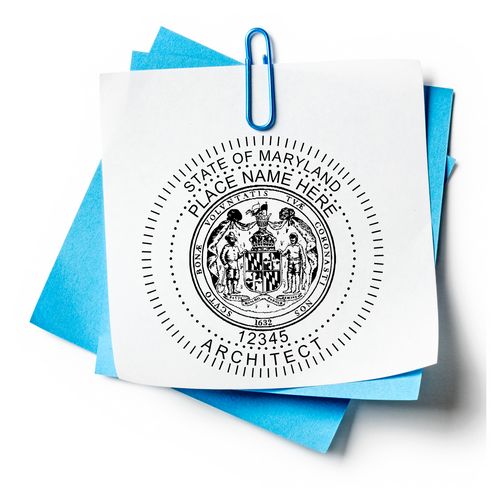
Pre-Inked Stamps
Pre-inked stamps are another option available to Maryland architects. These stamps utilize a built-in ink reservoir that is pre-filled with ink. The ink reservoir is designed to hold enough ink for thousands of impressions before needing to be re-inked or replaced.
One of the key benefits of pre-inked stamps is their ability to produce sharp and detailed impressions. The precise engineering of pre-inked stamps ensures consistent ink distribution, resulting in clear and legible imprints. Architects who prioritize the quality and clarity of their stamp impressions often choose this type of stamp.
When selecting a Maryland architect stamp, architects should consider their personal preferences, stamping needs, and budget. It's important to choose a stamp that meets the Maryland architect seal regulations and guidelines outlined by the State of Maryland. For more information on the regulations and guidelines, refer to our article on Maryland architect seal regulations.
| Stamp Type | Description |
|---|---|
| Traditional Handheld Stamps | Classic stamps with a separate stamp pad. |
| Self-Inking Stamps | Convenient stamps with built-in ink pads for easy and mess-free stamping. |
| Pre-Inked Stamps | Stamps with pre-filled ink reservoirs for sharp and detailed impressions. |
By understanding the characteristics of each type of Maryland architect stamp, architects can make an informed decision when choosing the stamp that best suits their needs. Remember to also consider the proper usage and maintenance of the stamp to ensure longevity and compliance with Maryland architect seal law.
Design Considerations for Maryland Architect Stamps
When it comes to choosing a Maryland architect stamp, there are several design considerations to keep in mind. The design of your architect stamp not only reflects your professionalism but also ensures compliance with Maryland regulations. Here are some key factors to consider:
Size and Dimensions
The size and dimensions of your Maryland architect stamp are important for both practical and legal reasons. Maryland regulations specify the minimum size and maximum size for architect stamps. The minimum size ensures that the stamp is legible when it is imprinted on documents, while the maximum size prevents excessive use of space on drawings and plans.
To meet Maryland requirements, architect stamps typically range from 1.5 inches to 2 inches in width and height. It's important to select a size that strikes a balance between readability and practicality. Keep in mind that smaller stamps may have limitations on the amount of text or information that can be included.
Customization Options
Customizing your Maryland architect stamp allows you to personalize it and include essential information. The most common customization options include the architect's name, license number, and the words "Registered Architect." Some architects also choose to include their firm's name or logo for branding purposes.
While customization options are available, it's important to ensure that your stamp complies with Maryland regulations regarding the required information. These regulations help maintain consistency and ensure that the stamp conveys the necessary professional information. For more information on Maryland architect seal guidelines, refer to our article on Maryland architect seal guidelines.
Logo and Registration Number
Including your logo and registration number on your Maryland architect stamp can add a professional touch and enhance your branding. Your logo can help distinguish your work and make your stamp easily recognizable. Additionally, displaying your registration number serves as a verification of your credentials and compliance with Maryland regulations.
When incorporating your logo, it's important to ensure that it does not obstruct any essential information on the stamp. The logo should be clear and legible when the stamp is imprinted on documents. Similarly, the registration number should be prominently displayed and easily identifiable.
By considering the size and dimensions, customization options, and incorporation of your logo and registration number, you can design a Maryland architect stamp that meets both your professional needs and the requirements set forth by Maryland regulations. Remember to refer to the Maryland architect seal regulations to ensure compliance and professionalism in your stamp design.

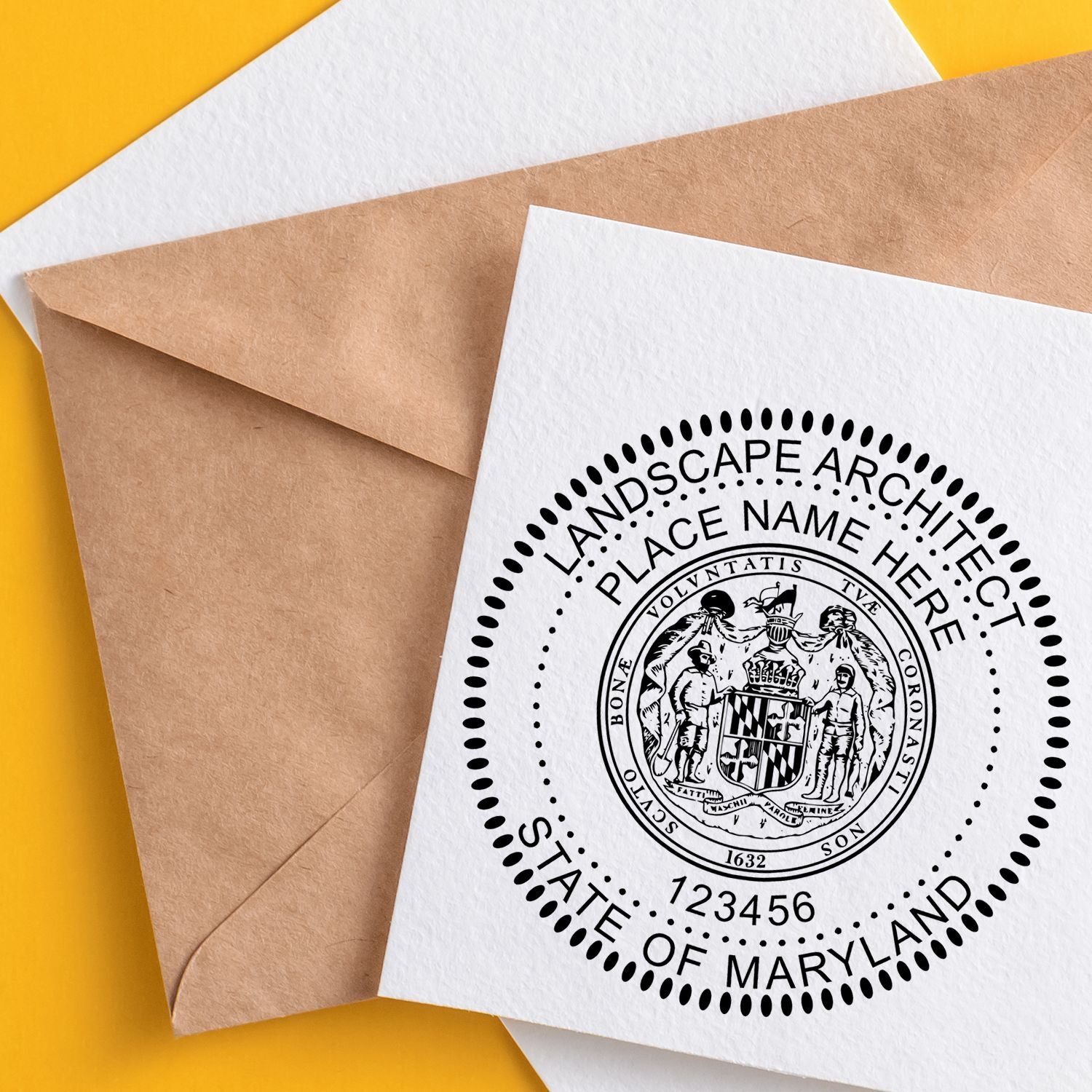
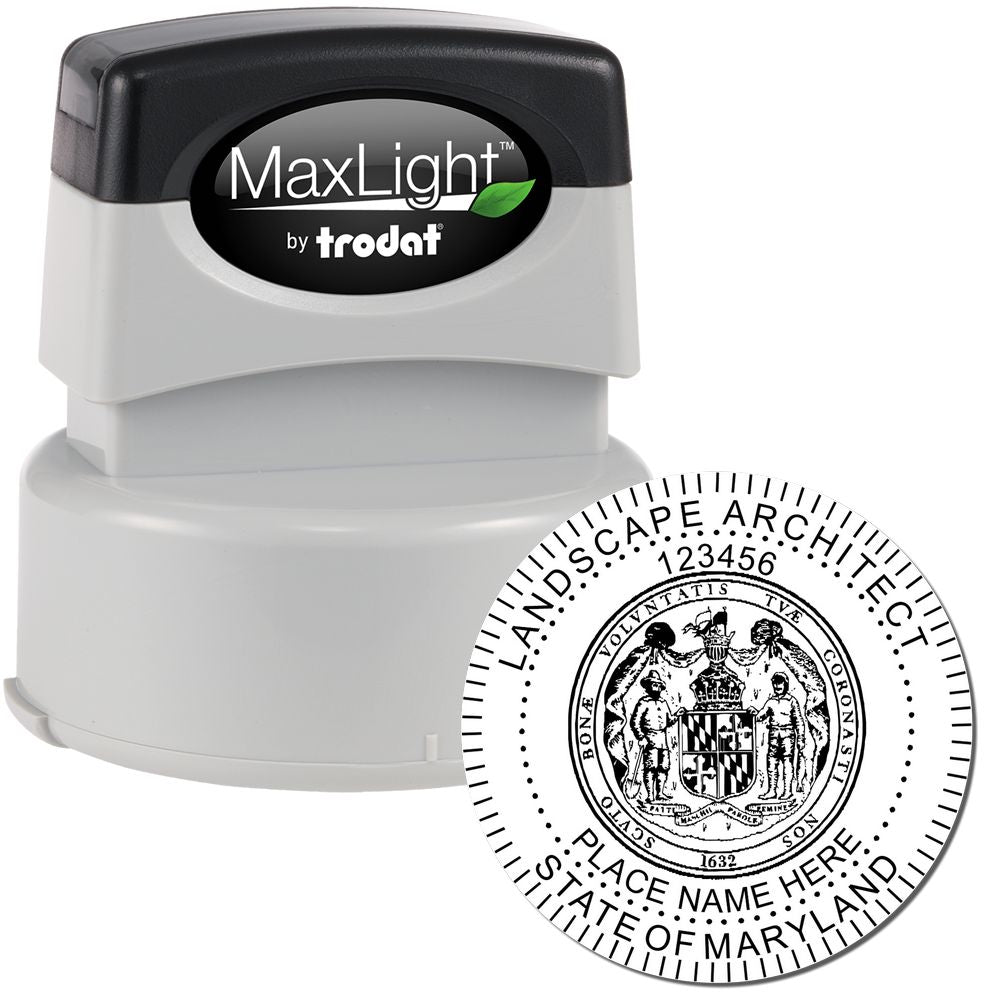
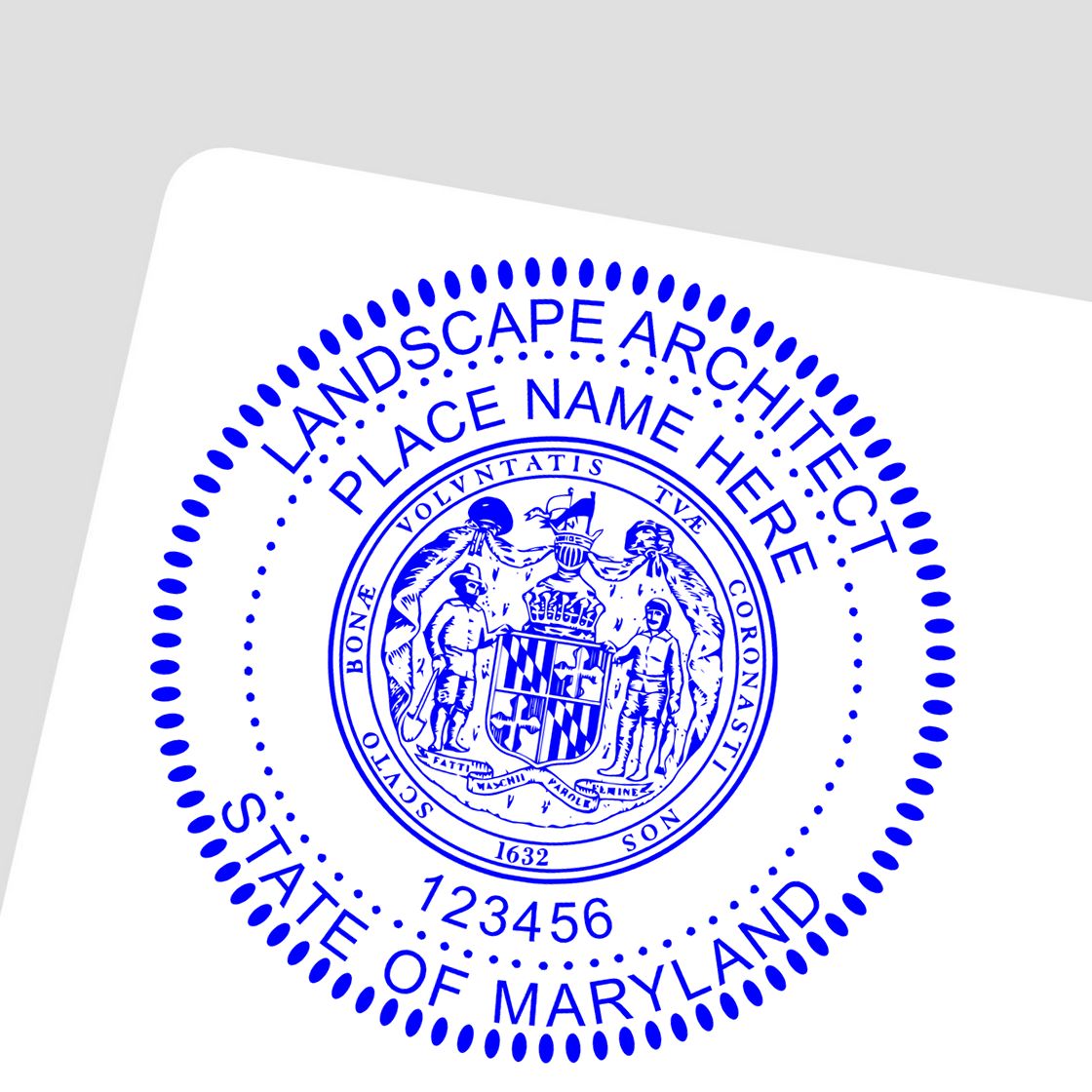
Ordering and Using Maryland Architect Stamps
Once you understand the importance of Maryland architect stamps and the various types available, it's essential to know how to order and use them correctly. This section covers the key aspects of purchasing, proper usage and placement, and maintaining and replacing Maryland architect stamps.
Where to Purchase Maryland Architect Stamps
To obtain a Maryland architect stamp, you can explore various options. One option is to visit local office supply stores that offer custom stamp services. These stores often have a range of stamp types and customization options to choose from. Alternatively, you can find specialized online retailers that cater specifically to architects and engineers. These online platforms provide a wider selection of stamp options and customization features. Remember to choose a reputable supplier that complies with Maryland regulations and provides high-quality stamps. For more information on Maryland architect seals, visit our article on maryland architect seals.
Proper Usage and Placement
Using Maryland architect stamps correctly is crucial to ensure compliance with regulations and maintain a professional image. When using the stamp, it's important to follow the guidelines set forth by the Maryland Board of Architects, which specify the required information and placement. The stamp should include your name, title, license/registration number, and the words "Registered Architect" or "Architect". The stamp should be placed on the documents or drawings in a visible location, ensuring that the information is legible and properly aligned. Familiarize yourself with the specific guidelines outlined by the Maryland Board of Architects to ensure you are using the stamp correctly. You can find more information on Maryland architect seal guidelines in our article on maryland architect seal guidelines.
Maintaining and Replacing Architect Stamps
To ensure the longevity and effectiveness of your Maryland architect stamp, it's important to properly maintain it. Regularly clean the stamp pads and plates to remove any ink residue or debris that may affect the quality of the impression. Store the stamp in a cool and dry place, away from direct sunlight and extreme temperatures. Over time, the stamp pad may wear out or the impression may become less clear. In such cases, it's necessary to replace the stamp pad or the entire stamp. When replacing the stamp, ensure that the new stamp meets the Maryland Board of Architects' requirements in terms of size, design, and information. For more information on Maryland architect seal regulations, refer to our article on maryland architect seal regulations.
By understanding where to purchase Maryland architect stamps, how to use them correctly, and how to maintain and replace them as needed, you can ensure compliance with Maryland regulations and maintain a professional image as an architect. Stay up to date with any changes in Maryland architect seal laws or guidelines to ensure that your stamp remains in accordance with the current requirements.
Ensuring Compliance and Professionalism
As an architect in Maryland, it is essential to adhere to the regulations and guidelines set forth by the state. This ensures compliance and professionalism in the field. In this section, we will discuss the importance of staying up to date with Maryland regulations, using authorized Maryland architect stamps, and best practices for architect stamp usage.
Staying Up to Date with Maryland Regulations
Maryland has specific regulations and requirements that architects must follow when using architect stamps. These regulations may include guidelines on the size, design, and positioning of the stamp on architectural drawings and documents. It is crucial to stay informed about any updates or changes to these regulations to ensure compliance.
To learn more about the specific regulations and requirements for Maryland architect stamps, refer to the official resources provided by the Maryland Board of Architects. You can also visit our article on Maryland architect seal regulations for further information.
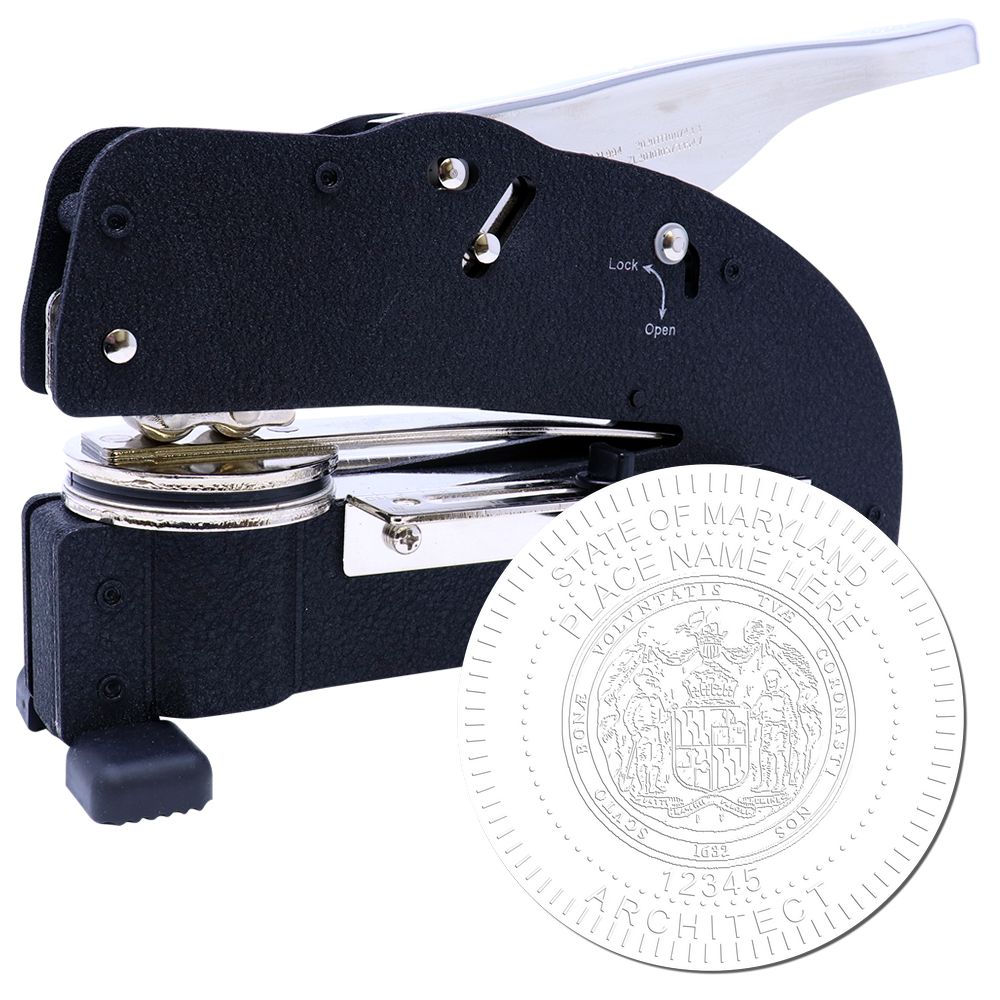
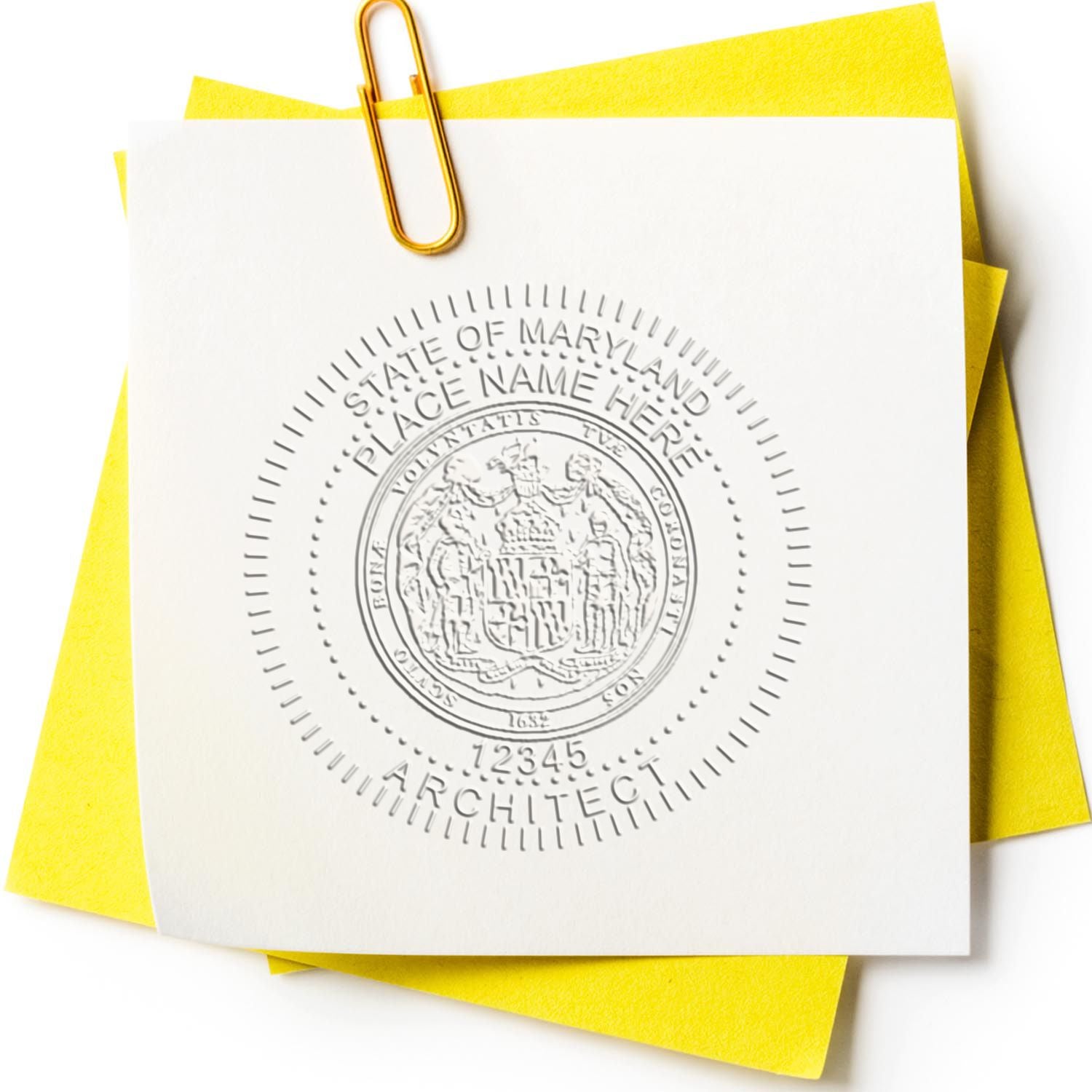
Using Authorized Maryland Architect Stamps
When purchasing a Maryland architect stamp, it is essential to ensure that the stamp is authorized and meets the state's requirements. Authorized Maryland architect stamps are designed to comply with the regulations set by the state and ensure the validity and professionalism of your work.
To find authorized Maryland architect stamps, refer to reputable vendors who specialize in providing architect stamps. These vendors will offer stamps that meet the necessary requirements and are customizable to include your professional information. Visit our article on Maryland architect seals for more information on where to purchase authorized Maryland architect stamps.
Best Practices for Architect Stamp Usage
To maintain professionalism and ensure the integrity of your architectural work, consider the following best practices for architect stamp usage:
-
Proper Placement: Place the architect stamp in a consistent and visible location on architectural drawings and documents as required by Maryland regulations. This helps to clearly identify your work and adds a level of authenticity.
-
Quality and Legibility: Ensure that the architect stamp produces clear and legible imprints. This includes choosing a stamp with high-quality materials and regularly maintaining it to avoid faded or smudged impressions.
-
Avoid Misuse: Use the architect stamp only for its intended purpose, which is to certify your work as a licensed architect. Avoid using the stamp on unauthorized documents or permitting others to use it without your consent.
By following these best practices and using an authorized Maryland architect stamp, you can uphold professionalism and comply with the regulations set by the state. Remember to stay updated on any changes to the regulations and guidelines to ensure that your architect stamp usage remains in line with Maryland's requirements. For more in-depth information, refer to our article on Maryland architect seal guidelines.
About ESS
At Engineer Seal Stamps or ESS, we take pride in being the leading manufacturers of custom rubber stamps, professional seals, and notary stamps in the industry. Our dedication to delivering stellar customer service is evident in our state board guarantee on all our top-quality products.
With years of experience in the industry, we have perfected the art of crafting high-quality seals and stamps that meet the needs of engineers, architects, surveyors, and other professionals. Whether you are looking for traditional embossing seals or modern self-inking stamps, we have you covered.
Our commitment to quality is reflected in every aspect of our business, from the materials we use to the state-of-the-art machines we employ in the manufacturing process. We understand the importance of precision and accuracy in your work, which is why we go the extra mile to ensure that all our products are of the highest quality. At ESS, we believe that our success is measured by the satisfaction of our customers and the trust they place in our products. That's why we always strive to provide excellent customer service, from answering queries to providing expert advice on the best products to suit your needs.
In summary, ESS is more than just a manufacturer of custom rubber stamps, professional seals, and notary stamps. We are a team of dedicated professionals committed to providing our customers with the highest quality products, along with exceptional customer service that exceeds their expectations.

